Thanks to the modern equipment ecosystem, complex surgeries can now be performed with millimeter precision, helping patients escape pain, recover quickly and minimize complications.
Surgical robots and a series of high technologies integrated with artificial intelligence (AI) have been successfully applied, opening up a new turning point in the treatment of spinal and neurological diseases. |
Currently, tens of millions of Vietnamese people are living with spinal and neurological diseases such as herniated discs, sciatica, spinal spurs, spinal degeneration or spinal stenosis.
According to statistics from the Ministry of Health , up to 30% of the adult population in Vietnam suffers from herniated discs at various levels. What is worrying is that the disease tends to become younger and more prevalent, seriously affecting the quality of life, ability to work and live of the patient.
In the past, many patients were afraid of spinal surgery because they feared paralysis or disability, so they had to live with pain or depend on painkillers.
However, with the strong development of modern medicine, especially the application of robots and artificial intelligence, the treatment of spinal and neurological diseases has made great strides, bringing high efficiency and outstanding safety. Thousands of people who were afraid of surgery and paralysis can now rest assured to receive treatment and return to normal life after just a few weeks.
According to neurosurgeons and spinal surgeons, spinal surgeries in the past often encountered many difficulties due to old techniques, invasive open surgery, and lack of tools to support precise positioning or guidance.
Determining the location of nerve roots using conventional 2D or 3D imaging is prone to errors, increasing the risk of nerve damage and prolonged pain after surgery. Meanwhile, modern technology today allows doctors to access the injury through small incisions, preserving healthy tissue and nerve bundles, helping the surgery to be precise, less painful and recover quickly.
The synchronous combination of high-tech devices integrated with AI such as robots, positioning systems, microsurgery glasses, nerve monitoring systems... has helped doctors operate more easily, accurately and safely than with traditional techniques. Thanks to that, patients experience less pain, recover quickly and significantly reduce the risk of complications.
Advanced technology devices currently being applied include: Modus V Synaptive Robot integrated with AI helps to accurately access lesions through only 1cm incision, creating sharp 3D images from MRI, CT, DSA data and simulating surgery in a virtual reality environment. Neuro-Navigation Curve system acts as a "compass" to guide, bringing surgical instruments to the correct location of the lesion without damaging the surrounding nerves.
The K.Zeiss Kinevo 900 surgical microscope provides vivid 3D images, magnifying the surgical field to help the surgeon clearly observe each nerve structure. The Neurophysiological Monitoring System (IONM) monitors all nerve activity from the brain to the limbs, promptly warning of any changes during surgery.
In addition, the UBE endoscopic surgery technique and the MISS minimally invasive surgery use a microscopic endoscopic camera to access the diseased area through a 0.4 - 1 cm incision, limiting invasion, reducing soft tissue damage and the risk of infection.
These outstanding advances have helped the success rate of spinal and neurological surgeries reach over 95%, reducing blood loss by more than 79%, the incision is only 1 - 2 cm compared to 7 - 10 cm before, shortening surgery time by more than 20% and hospital stay by 40%. In particular, patients can walk after 1 - 2 days, be discharged after 2 - 3 days and return to normal activities after only 2 - 3 weeks instead of having to rest for 2 - 3 months like the old technique.
Not only effective, high-tech surgery also has reasonable costs, starting from only 90 million VND/case, much lower than the equivalent price in the US (nearly 4 billion VND) or Singapore (about 300 million VND).
In particular, these techniques have been licensed by the Ministry of Health and are covered by high-level health insurance, helping patients access quality medical services at reasonable costs.
Tam Anh General Hospital is currently the first unit in Vietnam to own a modern and synchronous equipment ecosystem serving in-depth spinal - neuro - cranial surgery, including treatment of diseases such as herniated disc, slipped vertebrae, spinal spurs, sciatica, spinal cord tumors, spinal vascular malformations, paralysis of limbs due to nerve compression, congenital scoliosis, complex cranial diseases such as brain tumors, cerebral vascular malformations, cerebral hemorrhage...
According to Master, Doctor, Specialist II Chu Tan Si, in the coming time, the Hospital will continue to promote the application of AI in neurosurgery - spine, combining robotic arms and 3D positioning technology to increase accuracy, minimize invasiveness and improve treatment efficiency.
The Hospital's goal is to become the leading high-tech neuro-cranial-spinal treatment center in Vietnam, contributing to the construction of a modern and intelligent healthcare system, bringing a better quality of life to the people.
Source: https://baodautu.vn/robot-va-ai-mo-ra-buoc-ngoat-moi-trong-dieu-tri-benh-ly-cot-song-than-kinh-tai-viet-nam-d278597.html



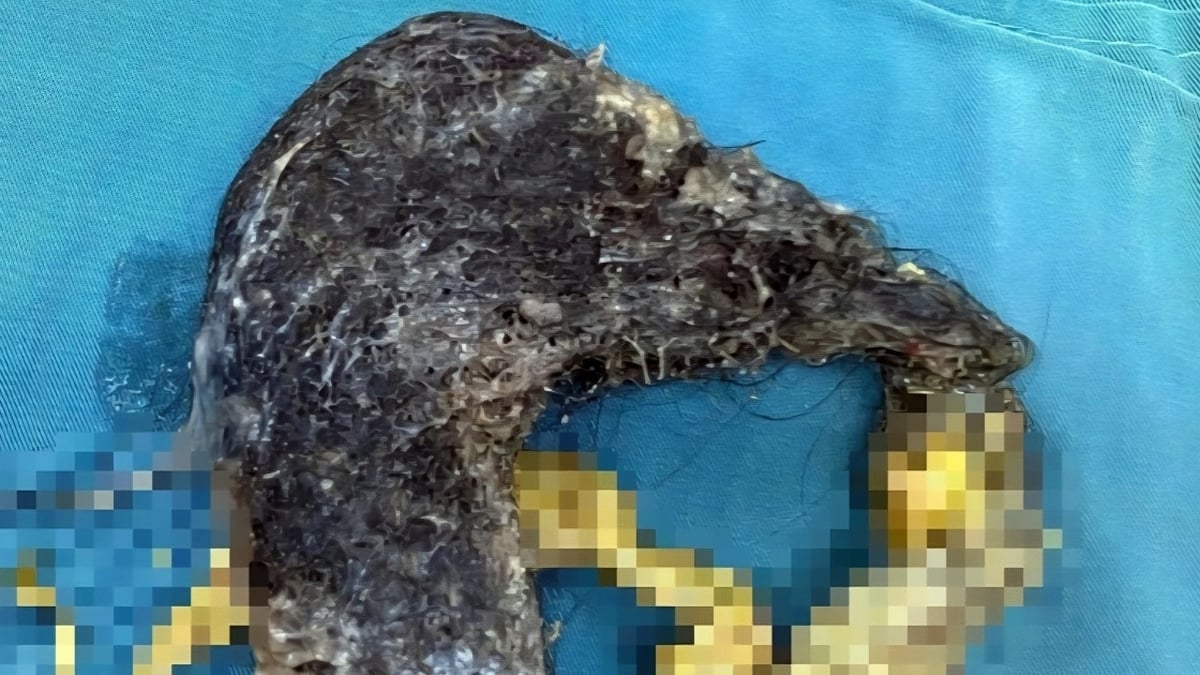

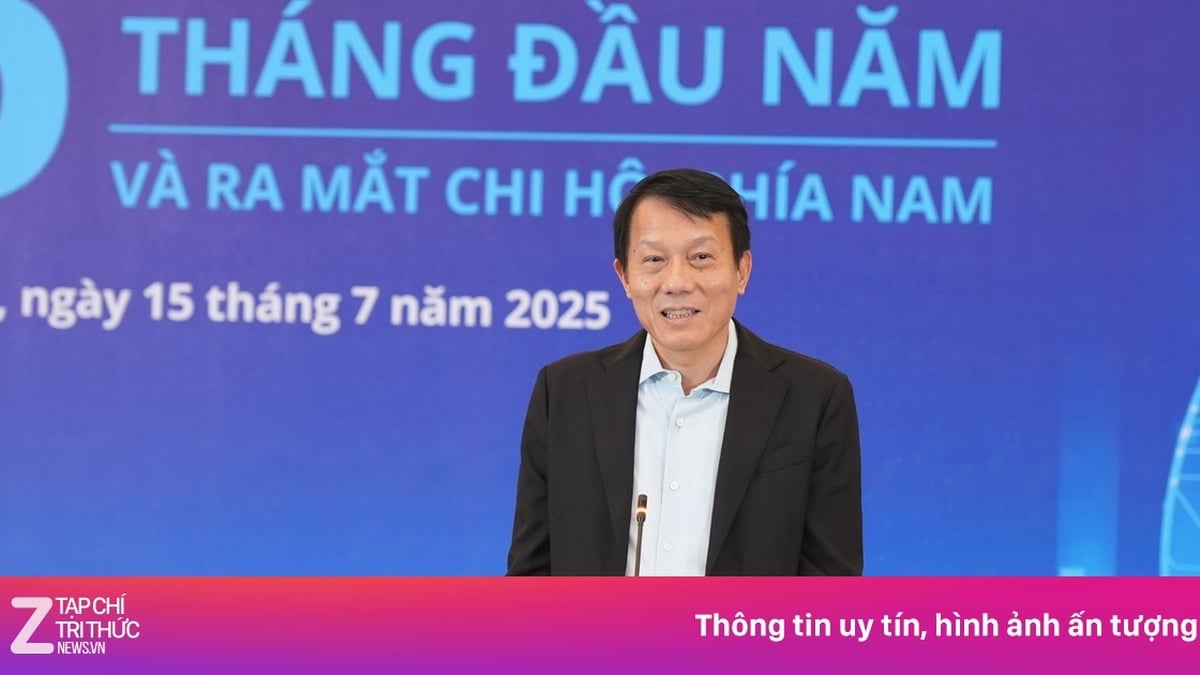
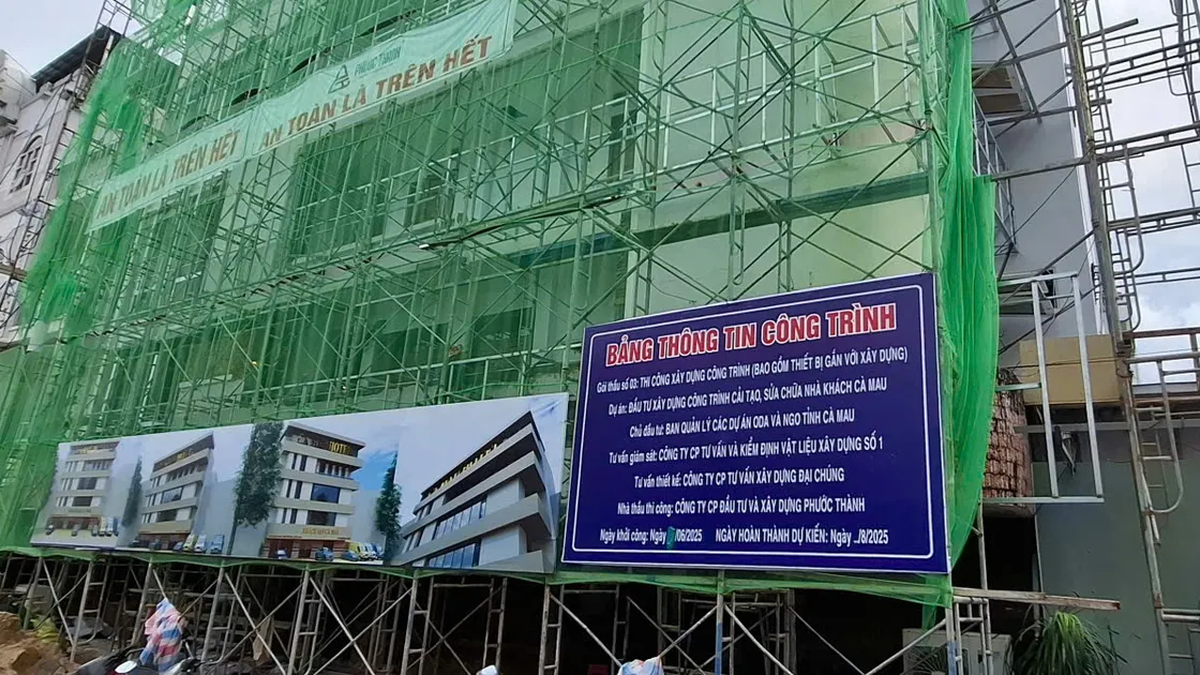


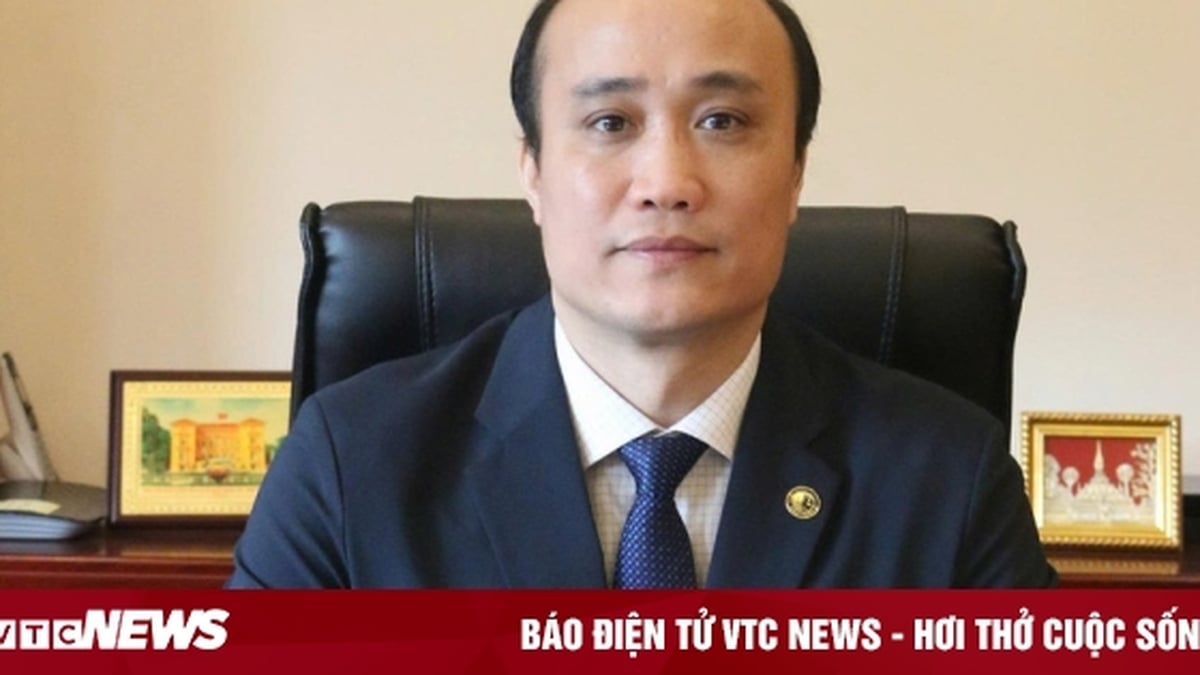

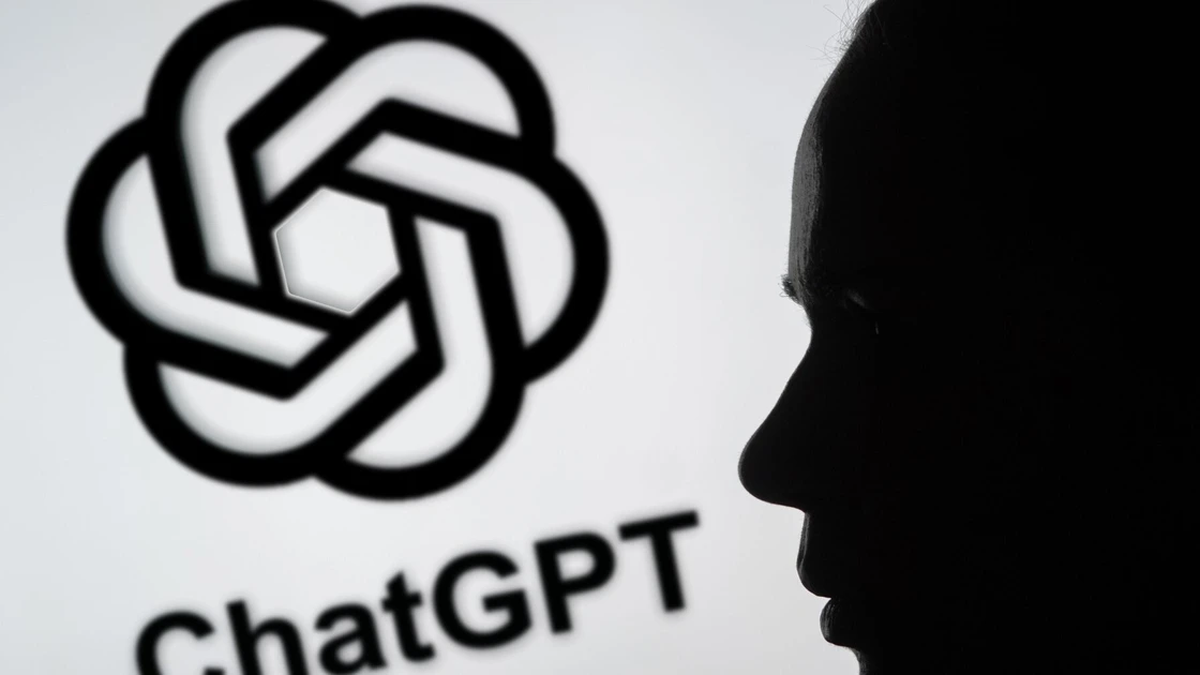
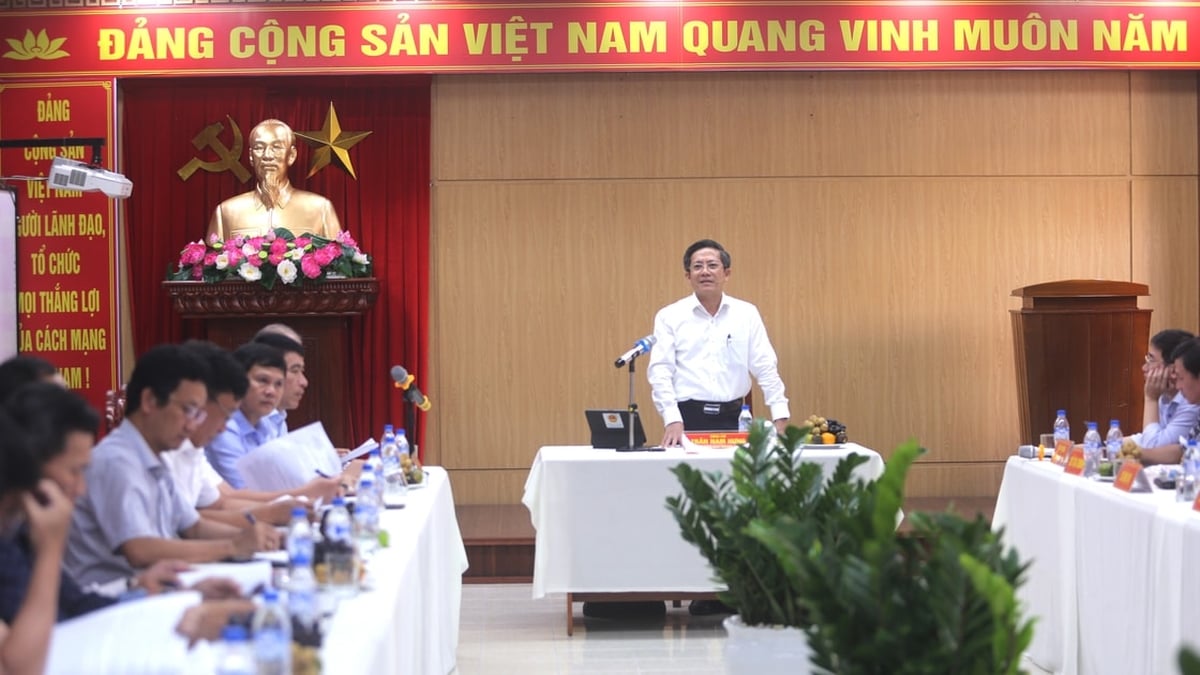








































![[Maritime News] More than 80% of global container shipping capacity is in the hands of MSC and major shipping alliances](https://vphoto.vietnam.vn/thumb/402x226/vietnam/resource/IMAGE/2025/7/16/6b4d586c984b4cbf8c5680352b9eaeb0)
















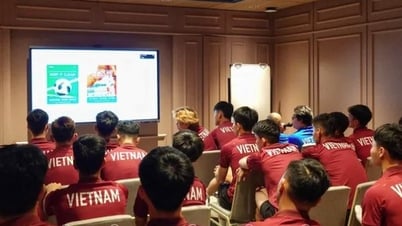
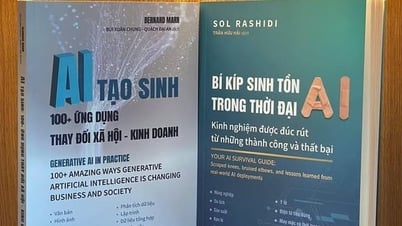


























Comment (0)